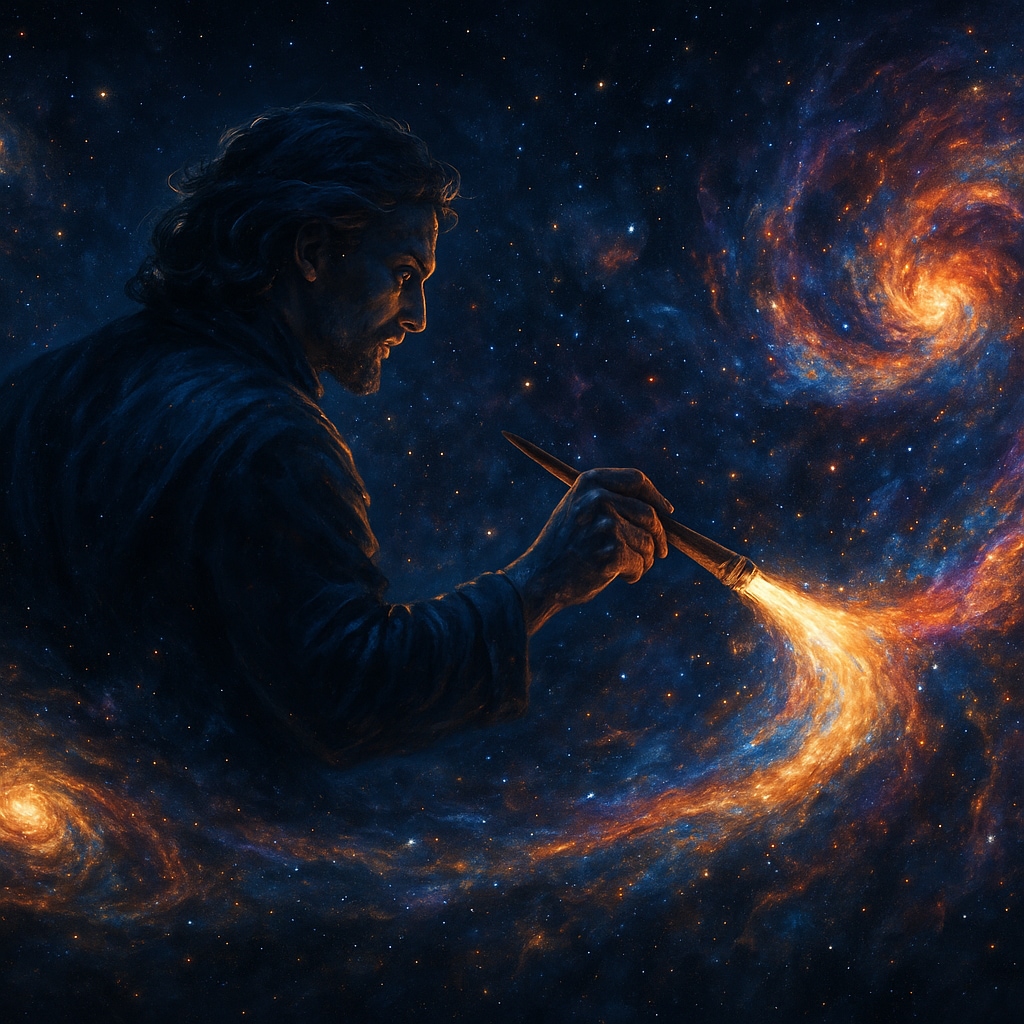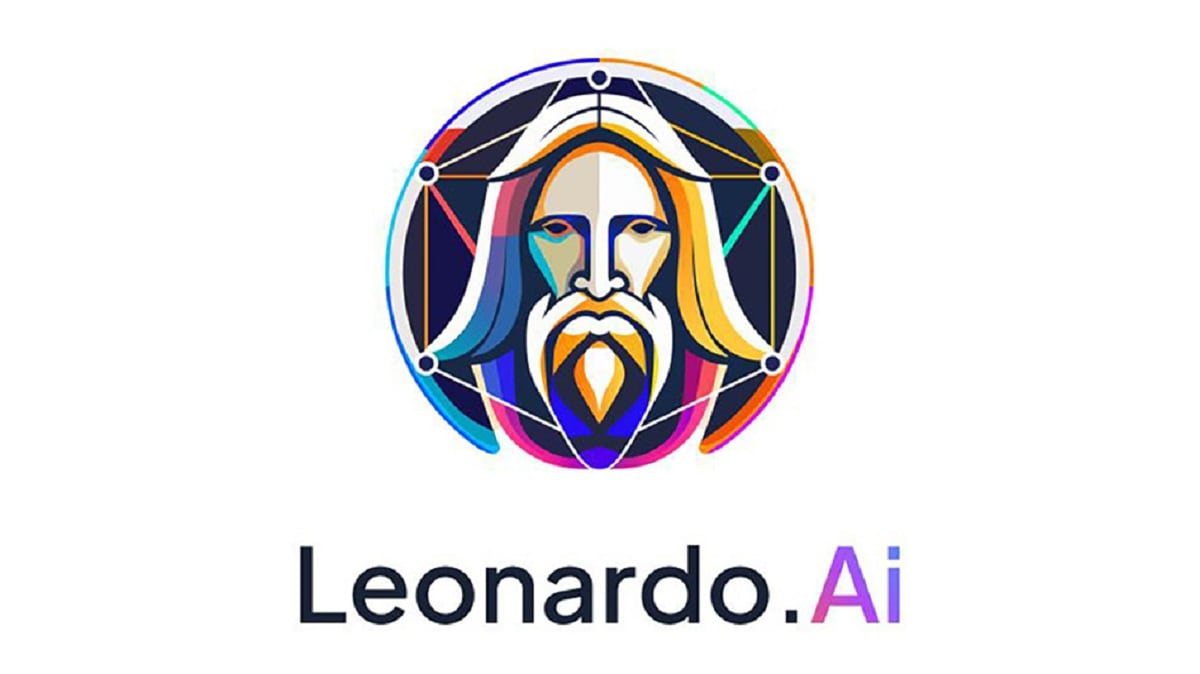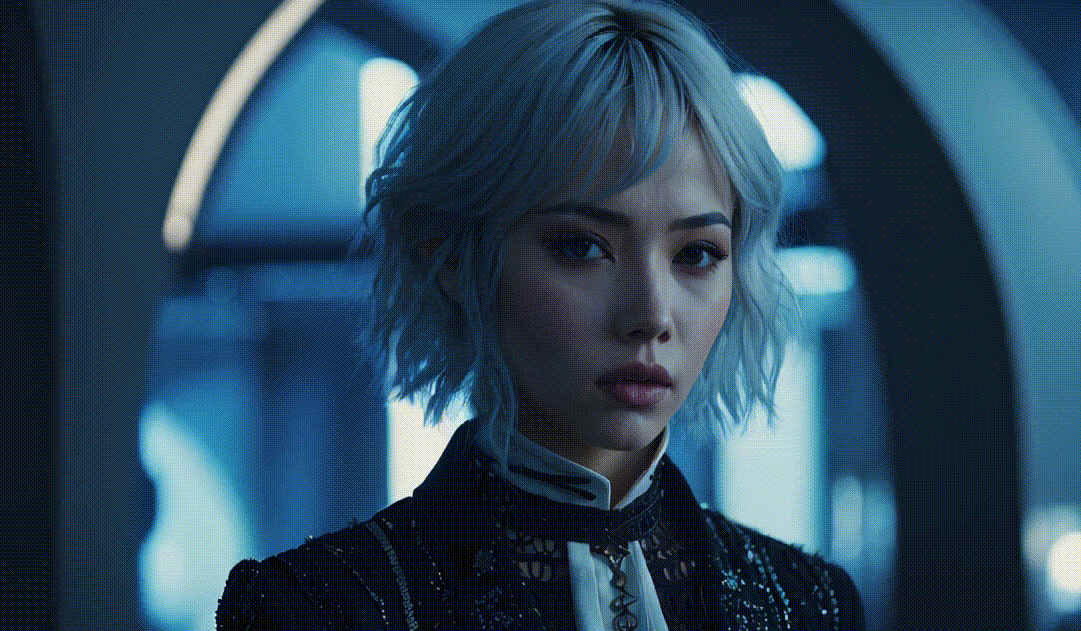Looking for a comprehensive Leonardo AI review? This guide is for you. In a world of generative AI platforms, Leonardo AI has carved out a unique space, offering a powerful, integrated ecosystem for artists, designers, and developers. We will conduct a comprehensive analysis, moving beyond feature lists to provide expert insights, practical workflows, and a granular breakdown of its performance in 2025. Discover how it stacks up against rivals like Midjourney and DALL-E 3 and learn how to use it to create stunning videos with Wondershare Filmora. Specifically, we'll show you how this powerful AI image generator can be used with Filmora's video editor to bring your creations to life.

Part 1. What is Leonardo AI? A Comprehensive 2025 Overview
Leonardo AI is a full-fledged generative AI content production platform. This is a crucial distinction. It is not just an ai art generator; it's an integrated ecosystem designed for creating high-quality visual assets, maintaining style consistency, and managing the entire creative workflow from concept to finished product. Founded in 2022 with a focus on solving asset production bottlenecks in the video game industry, Leonardo AI's DNA is rooted in professional-grade features like 3D Texture Generation and Custom Model training. This focus on utility and control fueled its meteoric rise, growing to over 30 million users by 2025. The platform's trajectory was solidified in July 2024 when it was acquired by the global visual communication platform Canva, ensuring its continued innovation and integration into mainstream creative tools. Leonardo AI is a web-based generative platform for images, design assets, and lightweight motion, now part of Canva's AI ecosystem (July 2024 acquisition). It combines fine-tuned models, token-metered usage, and pro tools like custom model training.
- Generous Free Tier: 150 daily tokens provide a sustainable way for anyone to learn and create.
- Unparalleled User Control: Custom model training, granular settings, and interactive tools offer unmatched creative power.
- Integrated Creative Suite: Combines image generation, editing, animation, and upscaling in one platform.
- Active Community & Model Library: A massive user base shares knowledge and a vast library of diverse art styles.
- Backed by Canva: The acquisition ensures stability, resources, and a future of accelerated development.
- Steep Learning Curve: The sheer number of features can be overwhelming for absolute beginners.
- Confusing Token System: It can be easy to inadvertently burn through tokens with premium features.
- Inconsistent Community Models: Quality of user-trained models varies, requiring trial and error.
- Basic Native Motion Tool: Lacks advanced video editing controls for complex animations.
- Limited Payment Options: Some users report restricted payment methods, a barrier for international access.
Who is Leonardo AI For?
While it began with a focus on game developers, Leonardo AI's audience has diversified dramatically.
- For Beginners & Hobbyists: An excellent starting point. The generous free tier is a perfect, risk-free sandbox for learning the fundamentals.
- For Professional Artists & Designers: An indispensable tool. The ability to train custom models for stylistic consistency is a game-changing feature.
- For Businesses & Enterprise Teams: A powerful, scalable solution. API access and team features make it a robust platform for integrating generative AI into commercial pipelines.
Leonardo AI Pricing Explained
Leonardo AI operates on a freemium model that combines subscription tiers with a token-based economy. Nearly every creative action, from generating an image to training a model, consumes tokens, allowing for fair metering of computationally expensive tasks. Here is a breakdown of the subscription plans available in 2025:
| Plan Name | Price (Monthly) | Price (Annually) | Monthly Tokens |
| Free | $0 | $0 | 150/day |
| Apprentice | $12 | $10/mo | 8,500 |
| Artisan | $30 | $24/mo | 25,000 |
| Maestro | $60 | $48/mo | 60,000 |
| Teams | Custom | Custom | Custom |
Part 2. Leonardo AI Features: Image to Video & Custom Models
Leonardo AI's strength lies in its comprehensive and deeply integrated set of creative tools. It's an arsenal designed not just to generate images, but to give you granular control over the entire creative process.
1. AI Image Generator

This is the heart of the platform. It's a sophisticated system built on a curated library of diverse, fine-tuned models, allowing users to select the perfect engine for their specific task. Key models include:
- Leonardo PhotoReal: The go-to model for stunning realism, often paired with the proprietary Alchemy Refiner.
- Leonardo Kino XL: Expertly tuned to produce images with dramatic lighting and a cinematic feel.
- DreamShaper: A highly versatile community-favorite model known for producing a wide range of artistic styles.
- Flux Phoenix: A newer model praised in tutorials for its advanced capabilities and creative outputs.
2. Image to Image & Realtime Canvas

This is where Leonardo AI becomes an interactive creative partner. The Image to Image feature uses an input image's composition and colors to guide the generation process.
The Realtime Canvas is an interactive digital easel where you can draw and paint while the AI generates and updates the image in real-time based on your inputs and prompt. It transforms creation into a dynamic dialogue between artist and AI, perfect for rapid ideation and direct art direction.
3. Motion & AI Video Generation

Recognizing the need for dynamic content, Leonardo AI introduced Motion, a tool for animating still images. With a single click, it transforms a static generation into a short video clip with subtle, realistic camera movements and parallax effects. For more advanced capabilities, the platform is integrating powerful text-to-video models like Veo 3, allowing users to generate short video clips directly from text prompts.
4. Custom Model Training & Elements
This is arguably Leonardo AI's most professional-grade feature. It gives you the ability to train the AI on a specific aesthetic. By uploading a small set of images, you can create a private model that generates new assets with unparalleled consistency—a game-changer for maintaining brand identity or character likeness. Elements are smaller, mix-and-match style models that can be layered on top to infuse specific textures or lighting styles.
5. Universal Upscaler
The Universal Upscaler intelligently increases the resolution of your images while adding fine detail, enhancing sharpness, and removing artifacts. It is far more advanced than a simple resize function and is the final, crucial step in taking your AI art from a digital draft to a print-ready masterpiece.
Part 3. Leonardo AI vs. Midjourney & DALL-E 3: 2025 Comparison
To truly assess Leonardo AI's standing, we must place it in the ring with its heavyweight rivals: Midjourney, DALL-E 3, and Stable Diffusion. Each has a distinct philosophy and excels in a different domain.
| Feature | Leonardo AI | Midjourney | DALL-E 3 (via ChatGPT) | Stable Diffusion |
| Image Quality & Aesthetics | Excellent, highly controllable realism with PhotoReal. Versatile across many styles. | Hyper-stylized, opinionated, and artistically coherent. Often seen as the aesthetic leader. | Excellent, particularly strong at interpreting complex prompts and rendering text accurately. | High-quality, but highly dependent on the model, settings, and user skill. Can achieve top-tier results. |
| Ease of Use & Interface | User-friendly web UI. Can feel complex due to the number of options, but has a high skill ceiling. | Discord-based interface. Can be unintuitive and clunky for beginners. Relies on slash commands. | Extremely easy. Conversational prompting via ChatGPT makes it the most accessible option. | Steepest learning curve. Requires technical setup for local installs. |
| Key Differentiators | Integrated Toolset: Custom models, AI Canvas, 3D textures, Motion, Elements, API. A full production suite. | Signature Style: Unmatched artistic "look." Strong community focus and rapid aesthetic evolution. | NativeChatGPT Integration: Unparalleled natural language understanding and iterative prompting. | Open Source & Uncensored: Ultimate freedom and customizability. Runs locally for free. |
| Best For... | Creators who demand control, customization, and an integrated workflow for professional output. | Artists seeking creative exploration and a signature artistic style with minimal fuss. | Users who prioritize simplicity and creating images from complex ideas without prompt engineering. | Developers and tinkerers who want total control and cost-free generation at the expense of ease of use. |
How to Use Leonardo AI: Your First Masterpiece in 5 Minutes
Diving into Leonardo AI is surprisingly simple. This quick-start guide will walk you through creating your first stunning piece of art.
- Sign Up and Get Acquainted: Navigate to the official Leonardo AI website and sign up for a free account. On the dashboard, you'll see your daily token balance (150) and the main navigation panel on the left.
- Navigate to Image Generation: Click on "Image Generation" in the left panel. This is your main creative hub.
- Write Your First Prompt: The quality of your prompt directly influences the output. Let's use a descriptive and evocative prompt. Paste this into the prompt box:
A photorealistic portrait of an astronaut exploring a dense, glowing neon jungle on an alien planet, cinematic lighting, volumetric fog, detailed suit with reflections of the vibrant flora, 8k, epic, awe-inspiring.
- Select a Model and Configure: In the settings panel on the left, make these selections:
- Fine-Tuned Model: Choose Leonardo PhotoReal.
- Leonardo Alchemy: Toggle this ON and select the "Photography" preset. This will use more tokens but dramatically improve quality.
- Image Dimensions: Choose a cinematic aspect ratio like 16:9.
- Generate & Refine: Hit the "Generate" button. Once your image appears, hover over it and click the Universal Upscaler icon. This will enhance the resolution and detail, adding a final professional polish. After upscaling, you can download your masterpiece.
Part 5. How to Use Leonardo AI with a Video Editor: A Step-by-Step Guide for Filmora
You've generated a breathtaking still image, but in today's digital landscape, dynamic content is king. The challenge is bridging the gap between your static art and the engaging world of video. For this, .we recommend Wondershare Filmora, a powerful AI video editor that creates a seamless workflow for AI artists.
Filmora is the logical next step because its user-friendly interface and robust AI features complement Leonardo AI's output perfectly. The most powerful of these is Filmora's AI Image to Video tool, which leverages advanced models to transform your stills into dynamic videos with realistic, AI-generated animation. This makes Filmora the ideal video editor for Leonardo AI users.
Here's a simple workflow:
- Generate in Leonardo AI: Create and download your high-resolution image.
- Import to Filmora: Open Filmora and drag your image into the media library.
- Animate: Use the AI Image to Video feature and select a style, or manually add motion effects like Pan & Zoom.
- Enhance: Add transitions, titles, and effects from Filmora's library. Drag a royalty-free music track onto the audio timeline.
- Export: Preview your work and export the final video, ready for your portfolio or social media.
By pairing Leonardo AI's world-class image generation with Filmora's intuitive video editing suite, you complete the creative cycle, transforming yourself from an image creator into a true visual storyteller.
Conclusion
After an exhaustive analysis, our conclusion is clear. Leonardo AI has decisively carved out its identity not just as another AI art generator, but as a premier, all-in-one generative creative suite. Its core philosophy is one of empowerment. Where other tools offer a simple path to a beautiful image, Leonardo AI provides a comprehensive workshop and places the tools directly into the hands of the creator.
In 2025, Leonardo AI stands tall as a mature, feature-rich, and forward-looking platform. It has successfully moved beyond the hype to deliver a tool of tangible, sustainable value.
Frequently Asked Questions
-
Is There a Leonardo AI Download?
Leonardo AI runs as a web app. To use it safely, access it from the official site and sign in—no desktop installer is required. Avoid third-party "download" pages to reduce security risks. -
What is Leonardo AI?
A web-based generative platform for images and light motion, now part of Canva's AI ecosystem. -
How to animate an image in Leonardo.ai?
Use the Motion button on an image card, set intensity/duration, preview and export. -
Is there a Leonardo AI download?
It's a web app—sign in via the official site; avoid third-party installers. -
How does pricing & tokens work?
Free plan includes a daily token allowance; paid plans add monthly tokens and premium features.


